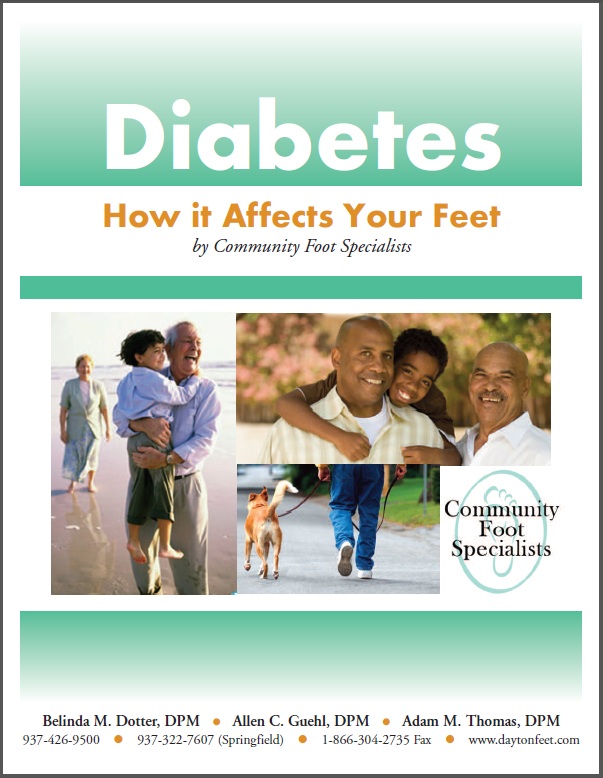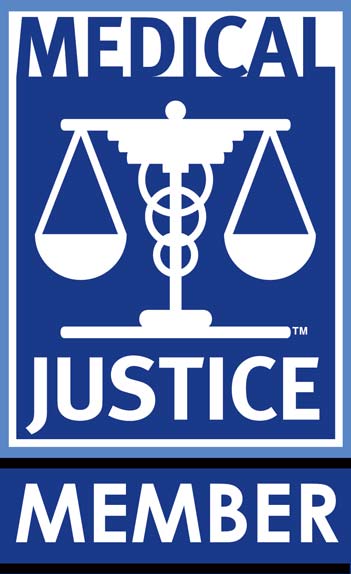Hammertoes
Hammertoes derive their name from their hammered appearance as they contract at the joint causing the joint of the toe to rise, pushing into the top of the shoe, and the endtip of the toe to push into ground, or the sole of the shoe. Hammertoes most commonly occur in the 2nd-5th toes. Hammertoe in the seconddigit can be related to an untreated bunion that is pushing sideways causing the secondtoe to rise. Muscle or tendon tightening on the bottom of the toe, wearing shoes with a tight toebox, and heredity can all contribute to the development of Hammertoes.
Symptoms of Hammertoes:
- Corns or calluses either on the joint of the toe or the tip of the toe
- Pain or redness in toes
- Painful while wearing shoes
- May become inflexible overtime and very difficult to manipulate
Treatment of Hammertoes:
- Trim build-up of skin on corns, should be performed by a podiatrists
- Several types of padding are available to accommodate your specific need
- Adjusting your shoegear to make room for Hammertoes
- There are several different surgical options for Hammertoe correction, which you could discuss with your podiatrist



















